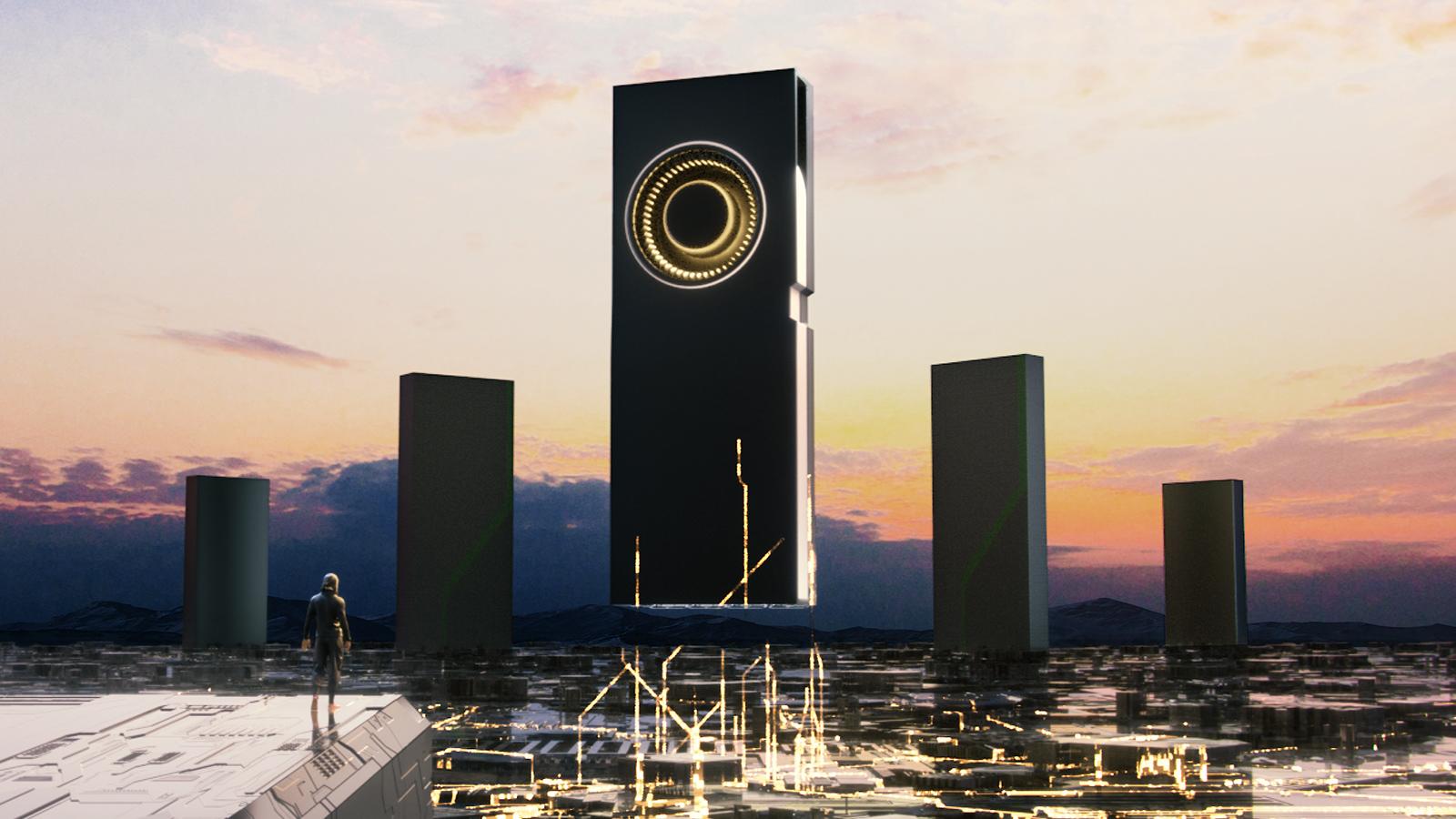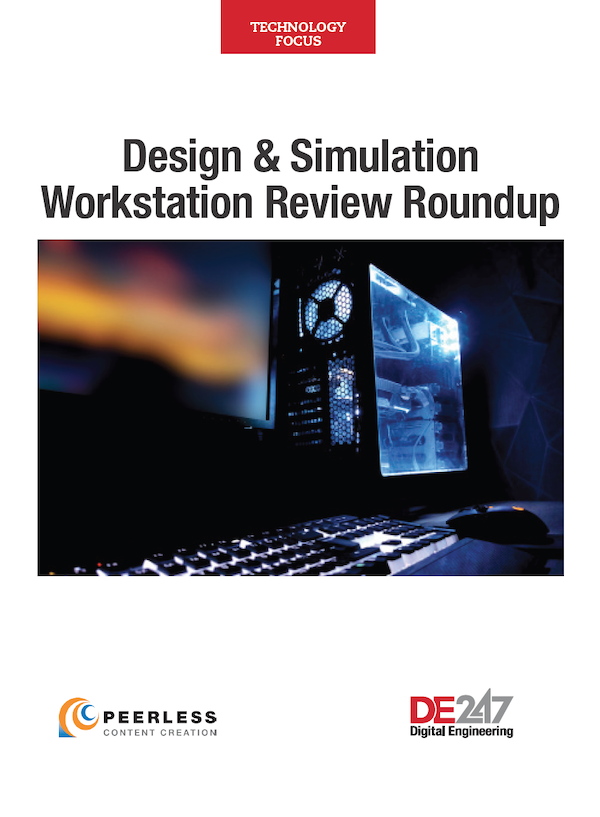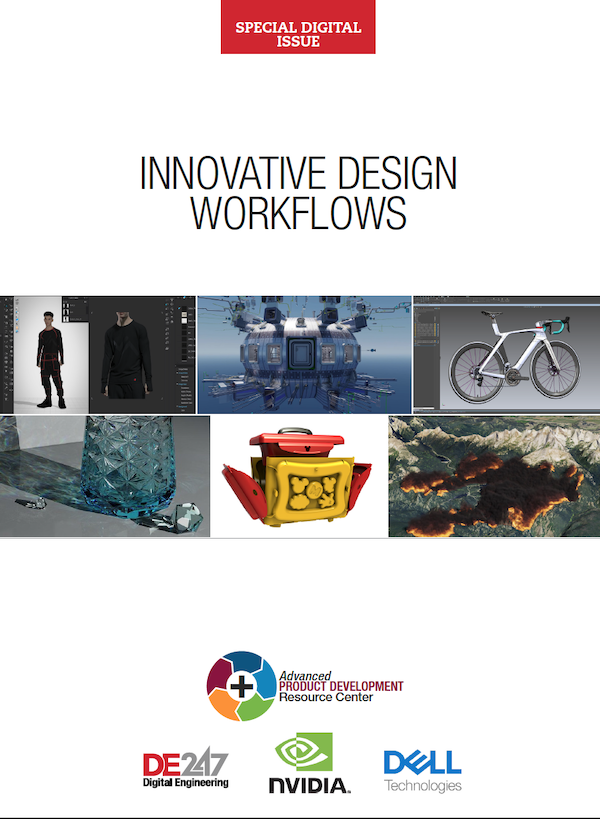NVIDIA Releases New RTX GPUs
Ampere architecture GPUs will power next-generation laptops, desktops and servers.

Latest News
April 13, 2021
At its GTC conference this week, NVIDIA announced eight new NVIDIA Ampere architecture GPUs for next-generation laptops, desktops and servers.
“Hybrid work is the new normal,” said Bob Pette, vice president of Professional Visualization at NVIDIA. “RTX GPUs, based on the NVIDIA Ampere architecture, provide the performance for demanding workloads from any device so people can be productive from wherever they need to work.”
For desktops, the new NVIDIA RTX A5000 and NVIDIA RTX A4000 GPUs feature new RT Cores, Tensor Cores and CUDA cores to accelerate AI, graphics and real-time rendering up to 2x faster than previous generations, according to the company.
The new NVIDIA RTX A2000, NVIDIA RTX A3000, RTX A4000 and RTX A5000 laptop GPUs are designed for lightweight, mobile workstations, and include the latest generations of Max-Q and RTX technologies, the company says. They are also backed by the NVIDIA Studio ecosystem, which includes exclusive driver technology.
For data center applications, the company has announced the NVIDIA A10 GPU and A16 GPU. The A10 provides up to 2.5x the virtual workstation performance of the previous generation for designers and engineers, while the A16 GPU provides up to 2x user density with lower total cost of ownership and an enhanced virtual desktop infrastructure experience over the previous generation, NVIDIA says.
“This new NVIDIA Ampere GPU microarchitecture is a huge leap forward. I was shocked by the performance gain I saw with the NVIDIA RTX A5000 versus the equivalent model previous generation RTX when running applications such as Chaos Vantage and NVIDIA Omniverse,” said Robert Cervellione, studio leader of Design Technology at Woods Bagot, a global architecture and consulting practice. “It’s clear the NVIDIA RTX A5000 professional GPU was designed for this intensive multi-tasking compared to game-level cards.”
Polaris, a manufacturer of motorcycles, snowmobiles, ATV and electric vehicles, is also using the RTX A5000.
“Speed is everything when we need to evaluate new concepts for the most adventurous vehicles, and the NVIDIA RTX A5000 really delivers what we need,” said Erick Green, 3D/CGI lead at Polaris. “The basic viewport rendering is incredibly fast in Octane Render — 5x faster — and unlocks things we couldn’t have even tried before.”
All of the GPUs include up to 2x the throughput of previous releases, with the ability to run concurrent ray tracing, shading and denoising tasks. Third-generation Tensor cores provide up to 2x throughput as well, and new CUDA cores offer up to 2.5x FP32 throughput for improved graphics and compute workload management.
The desktop GPUs include up to 24GB of GPU memory. The RTX A5000 is expandable to support up to 48GB of memory using NVIDIA NVLink. The RTX A5000 supports NVIDIA RTX vWS software for multiple high-performance virtual workstation instances that enable remote users to share resources to drive high-end design, AI and compute workloads.
NVIDIA also introduced the NVIDIA T1200 and NVIDIA T600 laptop GPUs, based on its previous-generation Turing architecture. Designed for multi-application professional workflows, these GPUs are a significant upgrade in performance and capabilities from integrated graphics, according to the company.
The new NVIDIA RTX desktop GPUs and NVIDIA data center GPUs will be available from global distribution partners and OEMs starting later this month. The new NVIDIA RTX laptop GPUs will be available in mobile workstations in Q2 this year from global OEMs.
More NVIDIA Coverage
Subscribe to our FREE magazine, FREE email newsletters or both!
Latest News
About the Author
DE’s editors contribute news and new product announcements to Digital Engineering.
Press releases may be sent to them via DE-Editors@digitaleng.news.






